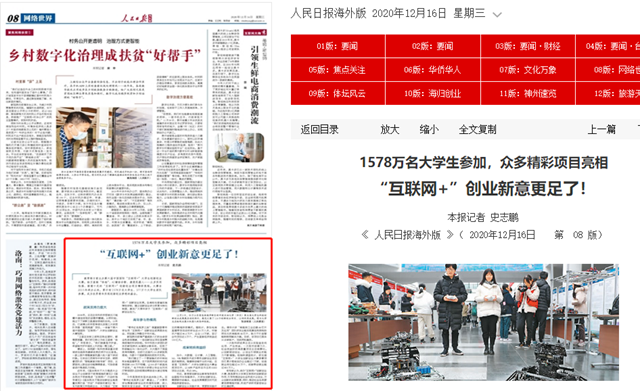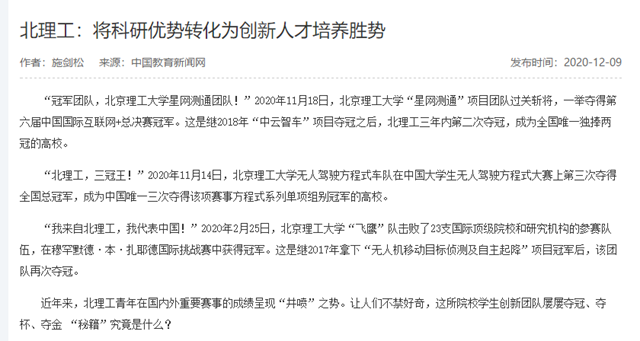【中國(guó)國(guó)際電視臺(tái)】SpaceX's CRS-11 mission to allow China's first scientific project aboard ISS
發(fā)布日期:2017-06-04 供稿:中國(guó)國(guó)際電視臺(tái) 編輯:楊晶 審核:王征 閱讀次數(shù):
原文標(biāo)題:SpaceX's CRS-11 mission to allow China's first scientific project aboard ISS
原文鏈接:https://news.cgtn.com/news/3d497a4e7745444e/share_p.html?from=singlemessage&isappinstalled=1
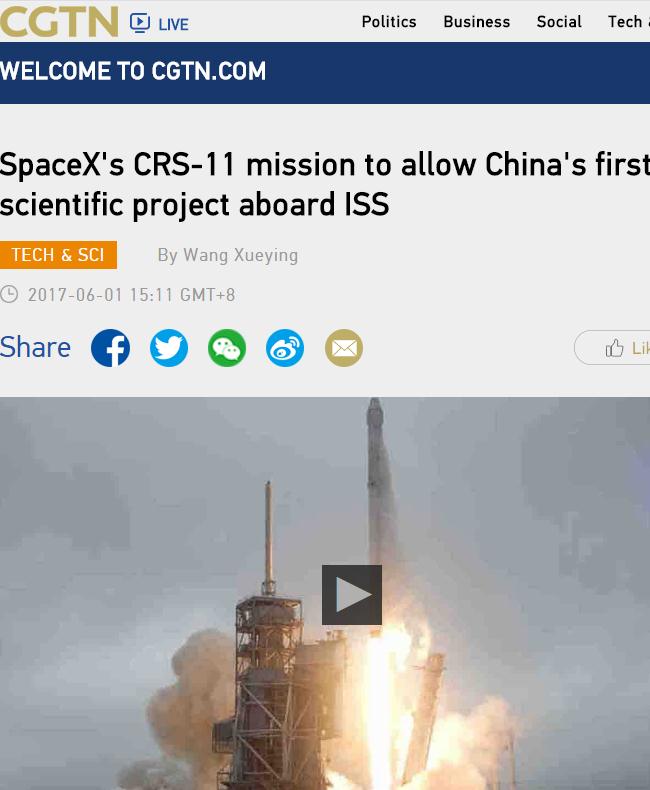
SpaceX is launching the CRS-11 Dragon capsule to the International Space Station (ISS) on June 1 at 5:52 p.m. EDT (June 2 at 5:52 a.m. BJT), in what will be the aerospace manufacturer's eleventh of 14 resupply missions for NASA, and the first time China will gain access into the habitable artificial satellite.
On May 28, SpaceX performed its customary static fire test on Falcon 9 rocket at Kennedy Space Center in Florida in preparation for Thursday's launch.
The mission will see some 1,700 kilograms of pressurized and 1,600 kilograms of unpressurized cargo, or payloads that will be used externally on the ISS, delivered.
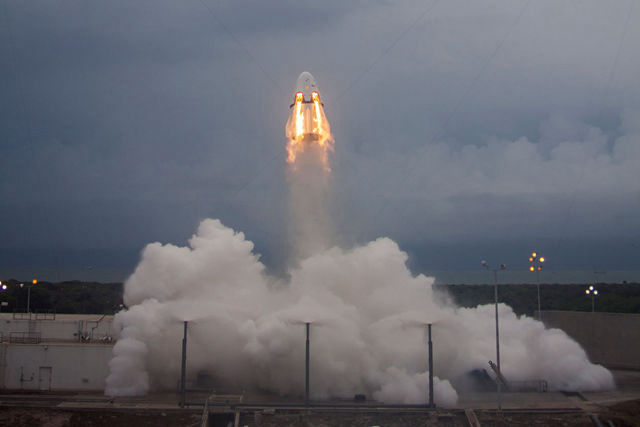
SpaceX completed the first key flight test of its Crew Dragon spacecraft in May 6, 2015. /VCG Photo
The capsule will also carry a device weighing 3 kilograms from China, which will be sent to the space station for scientific research. It will mark China's first official experimental project onboard the ISS, taking the country a step further in its space expedition.
China plans to build its own space station by 2022.
Prior to 2015, there had been no official cooperation in the space field between China and the US, as NASA and the White House Office of Science and Technology Policy were prohibited by Republican Congressman Frank Wolf from cooperating with China on space activities.
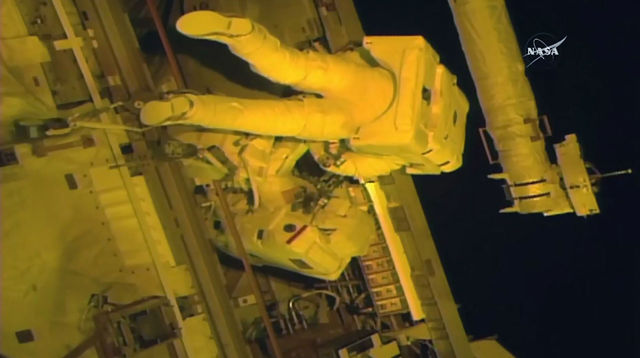
Astronauts Jack Fischer (top) and Peggy Whitson(below) carrying out repair work outside the ISS. /VCG Photo
In August 2015, an agreement was inked between the Beijing Institute of Technology and NanoRacks, a US company aiming to help commercial companies and organizations cooperate with the ISS. According to the agreement, Chinese researchers will be able to send China's own scientific experiment devices to the ISS, and investigate how the space environment affects DNA.
According to SpaceX, the capsule will arrive at the ISS on June 4 and remain attached to the orbiting lab for about a month.
在6月1日晚5:52時(shí)分(美國(guó)東部夏令時(shí)),航天航空公司SpaceX向國(guó)際空間站(ISS)發(fā)射了CRS-11“龍”太空艙。這是該公司為美國(guó)國(guó)家航空航天局(NASA)提供的第十一次商業(yè)補(bǔ)給服務(wù)(CRS)。同時(shí),此次CRS-11計(jì)劃將幫助中國(guó)第一次登陸國(guó)際空間站這個(gè)可居住的人造衛(wèi)星。
為了準(zhǔn)備和調(diào)試CRS-11的發(fā)射工作, SpaceX在5月28號(hào)時(shí)于佛羅里達(dá)州的肯尼迪航天中心用Falcon 9火箭進(jìn)行了慣例靜態(tài)點(diǎn)火測(cè)試。
本次計(jì)劃將會(huì)向國(guó)際空間站輸送1700千克壓縮貨品和1600千克非壓縮貨品或外用有效載荷。
本次CRS-11航天器還裝載一臺(tái)來自中國(guó),重量為3千克的科研設(shè)備。這是中國(guó)第一次在國(guó)際空間站上進(jìn)行的官方實(shí)驗(yàn)性科研項(xiàng)目,本次項(xiàng)目將會(huì)帶領(lǐng)中國(guó)在太空探索路上邁出更遠(yuǎn)的一步。
中國(guó)計(jì)劃在2022年建立自己的空間站。
在2015年之前,中美之間并沒有在太空領(lǐng)域有任何官方性質(zhì)的合作。這是因?yàn)楣埠忘h國(guó)會(huì)成員Frank Wolf此前提議禁止美國(guó)國(guó)家航空航天局和白宮科學(xué)和技術(shù)政策局與中國(guó)進(jìn)行太空合作。
在2015年8月,北京理工大學(xué)與一個(gè)與國(guó)際空間站緊密聯(lián)系的美國(guó)公司NanoRacks達(dá)成協(xié)議。根據(jù)該協(xié)議,中國(guó)研究員將能夠把中國(guó)自己的科研設(shè)備發(fā)送到國(guó)際空間站并對(duì)“太空環(huán)境對(duì)DNA的影響”這一課題進(jìn)行研究。
按照SpaceX所說,本次發(fā)送的航天器將于6月4日到達(dá)國(guó)際空間站并與在軌實(shí)驗(yàn)室對(duì)接長(zhǎng)達(dá)一個(gè)月。
分享到:
